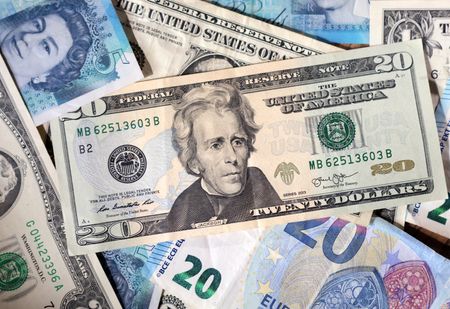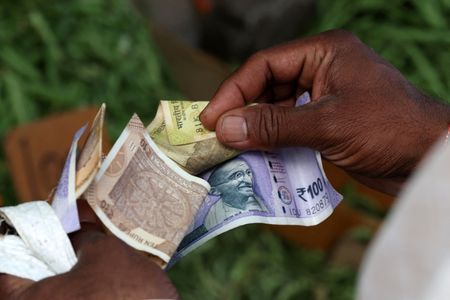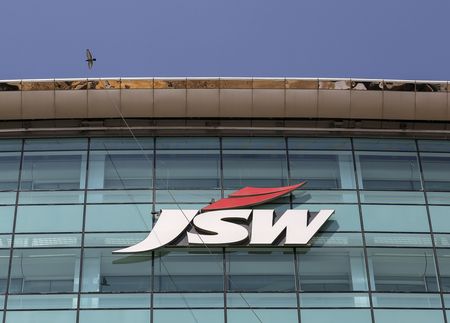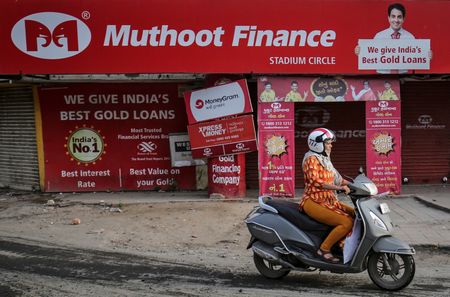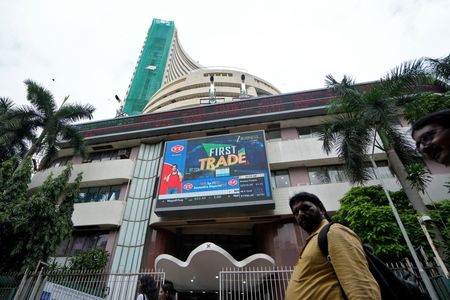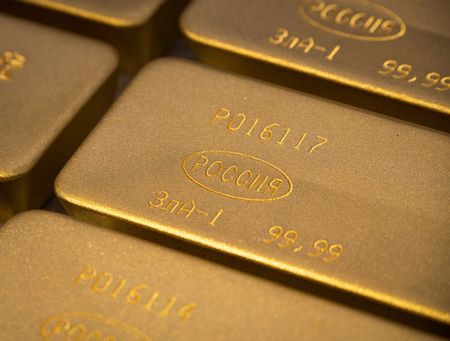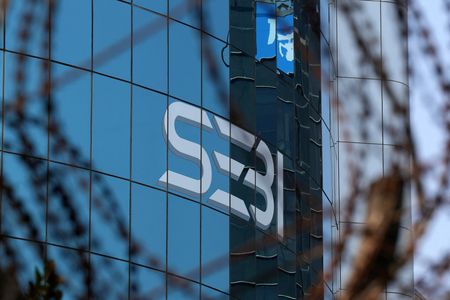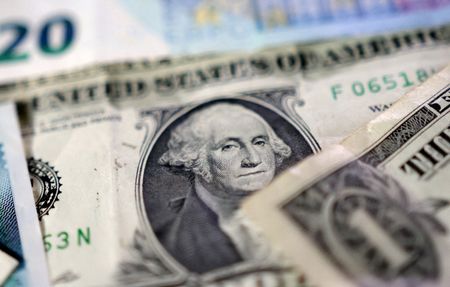By Kevin Buckland
TOKYO (Reuters) -The U.S. dollar languished at multi-week lows against major peers on Thursday as traders ramped up bets for the Federal Reserve to resume cutting interest rates next month.
Rising expectations for Fed easing combined with increasing institutional cryptocurrency investment powered bitcoin to a fresh record peak.
Australia’s dollar gained after data showed the labour market was surprisingly resilient.
It was a slightly different story in the U.S. where Fed rhetoric has turned overall more dovish of late on signs of a cooling labour market, while President Donald Trump’s tariffs have not added to price pressures in a significant way just yet.
Traders see a Fed rate cut on September 17 as a near certainty, according to LSEG data, and even lay around 7% odds on a super-sized half-point reduction.
“For the markets, it’s not even a matter of if the Fed cuts interest rates in September, it’s a question of how much,” said Kyle Rodda, an analyst at Capital.com.
“Signs of a downturn in the labour market have pushed futures to bake in a series of rate cuts before the end of the year.”
The Fed also continues to be under intense political pressure to ease.
Trump has repeatedly criticised Fed Chair Jerome Powell for not cutting rates sooner, even threatening to oust him before Powell’s term expires in May.
Treasury Secretary Scott Bessent on Wednesday called for a “series of rate cuts,” and said the Fed could kick off the policy easing with a half-point cut.
Bessent also said the Bank of Japan had gotten “behind the curve” by delaying rate hikes.
The U.S. dollar dropped 0.7% to 146.38 yen, its weakest since July 24.
Sterling edged up enough to reach its highest since July 24 at $1.3590.
The euro hovered at $1.1712, just below Wednesday’s peak of $1.1730, a level last seen on July 28.
The U.S. dollar index, which measures the currency against those three rivals and three other major counterparts, eased slightly to 97.673. It dropped some 0.8% over the previous two sessions, having dipped to 97.626 on Wednesday for the first time since July 28.
A weaker U.S. dollar, the spectre of political interference in central bank policy, and the increase in investor risk appetite amid Fed easing prospects all converged to buoy bitcoin to its first record peak since July 14.
The world’s leading cryptocurrency pushed as high as $124,480.82 in the latest session, before last changing hands at $123,538.31.
Bitcoin was already underpinned by increased institutional money flows this year in the wake of a spate of regulatory changes spearheaded by Trump, who has billed himself the “cryptocurrency president.”
In the latest move, an executive order last week paved the way to allow crypto assets in 401(k) retirement accounts.
“Corporate treasuries like MicroStrategy and Block Inc. continue to buy bitcoin,” said IG analyst Tony Sycamore.
“Technically, a sustained break above $125,000 could propel bitcoin to $150,000.”
The Australian dollar gained as much as 0.4% to the highest since July 28 at $0.65685.
Australian employment rebounded in July as firms took on more full-time workers, pulling the jobless rate down from a 3-1/2-year high.
The upbeat report implied there was less urgency for the Reserve Bank of Australia to follow up this week’s rate cut with another in September.
(Reporting by Kevin Buckland; Editing by Shri Navaratnam)

